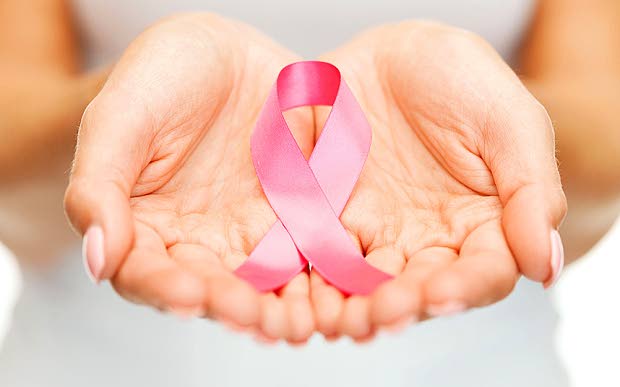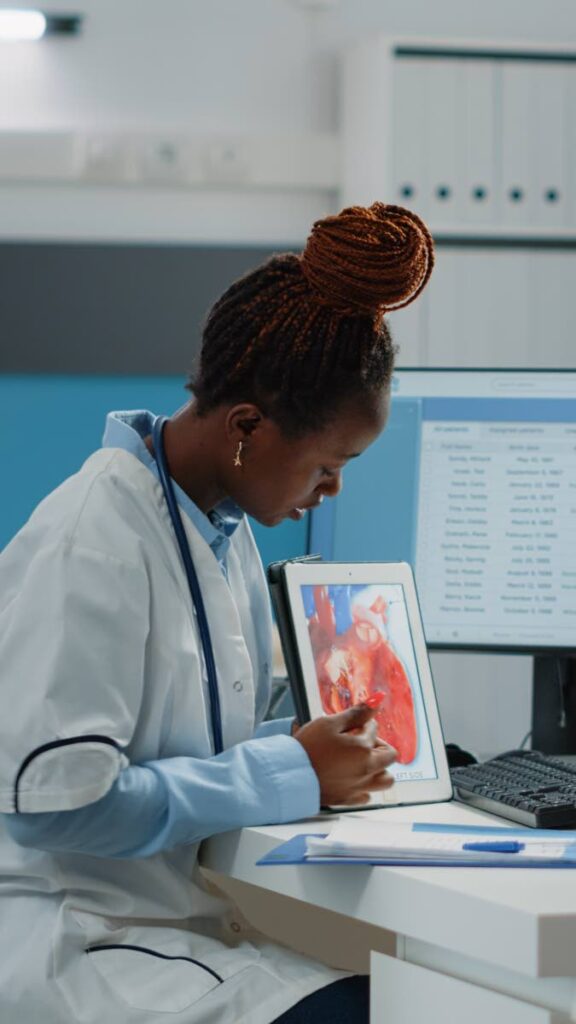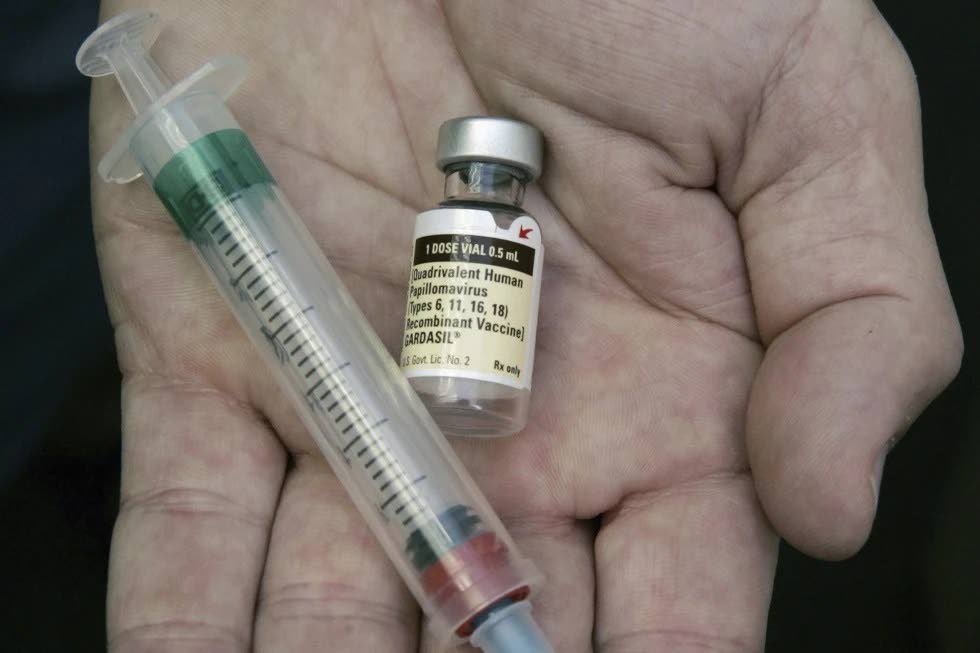Cervical cancer survivor: 'Not the end of the world'

Getting a cancer diagnosis can turn your life upside down, physically, emotionally, mentally and more, but you have to keep positive and have faith.
That was the message to those suffering from cancer from Kamla Sinanan, 70, who was diagnosed with stage 2 cervical cancer in 2013.
Sinanan, of San Fernando, became aware of her issue when she started spotting. It lasted for several months, but she thought it was the start of menopause, so was not concerned. But when she started getting severe stomach-aches she went to a doctor.
The doctor examined her and saw nothing wrong, but he knew the pain was not a good sign and referred her to another doctor. She had both a Pap smear and ultrasound exam, but there were no signs of a problem. Yet, the doctor knew something had to be wrong, so he suggested she should have a dilation and curettage (D and C), a procedure to remove tissue from inside the uterus.
The results showed she had cervical cancer.
Sinanan said when she got the news she was “frozen.” As he explained her situation and the possible treatments and made an appointment for her to see a gynaecological oncologist, she felt nothing.
She recalled one of her two daughters picking her up from the appointment, but she said nothing about her results. As devout Hindus, they went to prayers. It was only when they returned home, when her husband and all three children had arrived, that she sat them down and told them the news.
“I think I am a very strong person when it comes to those things. But I broke down then for a few minutes. I think it was because it was the first time I saw my eldest daughter cry like that. I saw her heart was breaking.”
She went through six weeks of treatment at a private facility – chemotherapy once a week and radiation five days a week, including internal radiation.
She said she was very comfortable with her two new doctors, as they had great bedside manners and their kindness removed a lot of her fears.
She said the first week was difficult as her body had to adjust to the treatment. And being a very shy and private person, she said having to take her clothes off around strangers and the internal radiation felt dehumanising and like an invasion of privacy.
“I felt like less of a human being after the internal radiation treatment.

"It’s not that anyone treated me badly. I can’t ever complain about the treatment I got, from the doctors to the nurses and the technicians. I never felt as if I was a patient there. It was more like family.”
Fortunately, she had no hair loss, as the chemotherapy was a low dose. But she was very tired all the time and, even now, she did not have the same level of energy she had before the treatment. Other residual effects were a decrease in bone density and occasional bouts of anxiety.
But while the physical side effects were minimal, the emotional toll was higher. Being a private person, she did not wish to share all, but told Newsday her mother, who had Alzheimer’s, was moved into a nursing home shortly before she started her cancer treatment, and the fact she could not visit her mother for weeks was very distressing.
Sinanan said other than her immediate family and her older sister, she told no one what she was going through until several months after her diagnosis. The only reason she did was because her brother-in-law noticed she was not as active for their Divali celebrations. He told her something was wrong with her, and she confessed.
No one else knew until about a year later, when she told other family members, including her father and two other sisters, after her mother’s funeral.
“The least amount of people who knew my business, it was better for me. Now, everywhere you turn somebody has cancer, but when I was diagnosed it was as though people felt you were on your deathbed.”
She said she did not want people to worry unnecessarily as they had their own problems.
Also, during and after treatment, her immune resistance was low, so she did not want people visiting and possibly making her ill.
She said her two daughters, the sister who knew and God were her support and her rocks.
“Even though they were adults, I saw my daughters mature overnight. Even though they both worked shifts, they made sure I got to and from my appointments, that I took my tablets and everything.”
She said even before treatment ended, there was no trace of the cancer, but she had to finish the course. For years, she continued going to the doctor for follow-ups and it was eventually declared she was in remission.
“Cancer is not the end of the world. You have to keep positive. That is one of the most important things. You have to have faith in your doctors and you have to pray a lot. Because, although family support goes a long way, nothing is impossible without God.”
Cervical cancer: What you should know
The Canadian Cancer Society says there are five stages of cervical cancer.
Stage 0 is precancerous but there are abnormal cells that do not spread beyond the surface of the cervix. Stage 1 is a small cancer between five millimetres and two centimetres deep.
Stage 2 is when the tumour grows outside the cervix and the uterus, and Stage 3 is when the cancer spreads into the lymph nodes or the tumour grows into the lower part of the vagina and the walls of the pelvis.
Stage 4 is when the cancer spreads to other parts of the body.

According to the World Health Organization, cervical cancer is the fourth most common cancer in women globally, with around 660,000 new cases and 350,000 deaths in 2022.
Most cases of cervical cancer are caused by human papillomavirus (HPV), a common sexually-transmitted infection which can affect the skin, genital area and throat.
It recommended HPV vaccination of boys and girls at age nine-14 to prevent HPV infection, cervical cancer and other HPV-related cancers. It added that women should be screened for cervical cancer every five-ten years starting at 30, and women living with HIV should be screened every three years starting at 25, since the HIV-infected are six times more likely to develop cervical cancer compared to women without HIV.
Symptoms include unusual bleeding between periods, after menopause or after sexual intercourse; increased or foul-smelling vaginal discharge; persistent pain in the back, legs or pelvis; fatigue and loss of appetite; vaginal discomfort; and swelling in the legs.

Comments
"Cervical cancer survivor: ‘Not the end of the world’"